SWRA726 March 2022 CC1120 , CC1121 , CC1201 , CC1310 , CC1311P3 , CC1311R3 , CC1312PSIP , CC1312R , CC1312R7 , CC1314R10 , CC1350 , CC1352P , CC1352R , CC1354P10 , CC1354R10 , CC2340R5-Q1 , CC2640R2L , CC2651R3 , CC2652P , CC2652P7 , CC2652R , CC2652R7 , CC2652RB , CC2652RSIP , CC3130 , CC3135MOD , CC3230S , CC3235MODAS , CC3235MODASF , CC3235MODSF , CC3235S , WL1801MOD , WL1805MOD , WL1807MOD , WL1831 , WL1831MOD , WL1835MOD , WL1837MOD
- Trademarks
- 1Introduction
- 2Antenna Standing Wave Ratio (SWR) Measurement
- 3Evaluation Board Matching Components Location
- 4Volpert-Smith Chart
- 5868-MHz PCB Helix Antenna Measurement and Matching
- 62.4-GHz PCB Compact Antenna Measurement and Matching
- 7 2.4-GHz PCB Inverted-F Antenna Measurement and Matching
- 8Fast in-circuit or in-device Antenna Verification
- 9Conclusion
5 868-MHz PCB Helix Antenna Measurement and Matching
This chapter describes the PCB helix antenna impedance measurement and matching procedure. A detailed description of this type of antenna with 3D radiation diagrams are in the Design Note DN038.
For antenna impedance measurement users can install SMD jumper (Figure 5-1). This will connect the cable to the antenna including matching network traces.
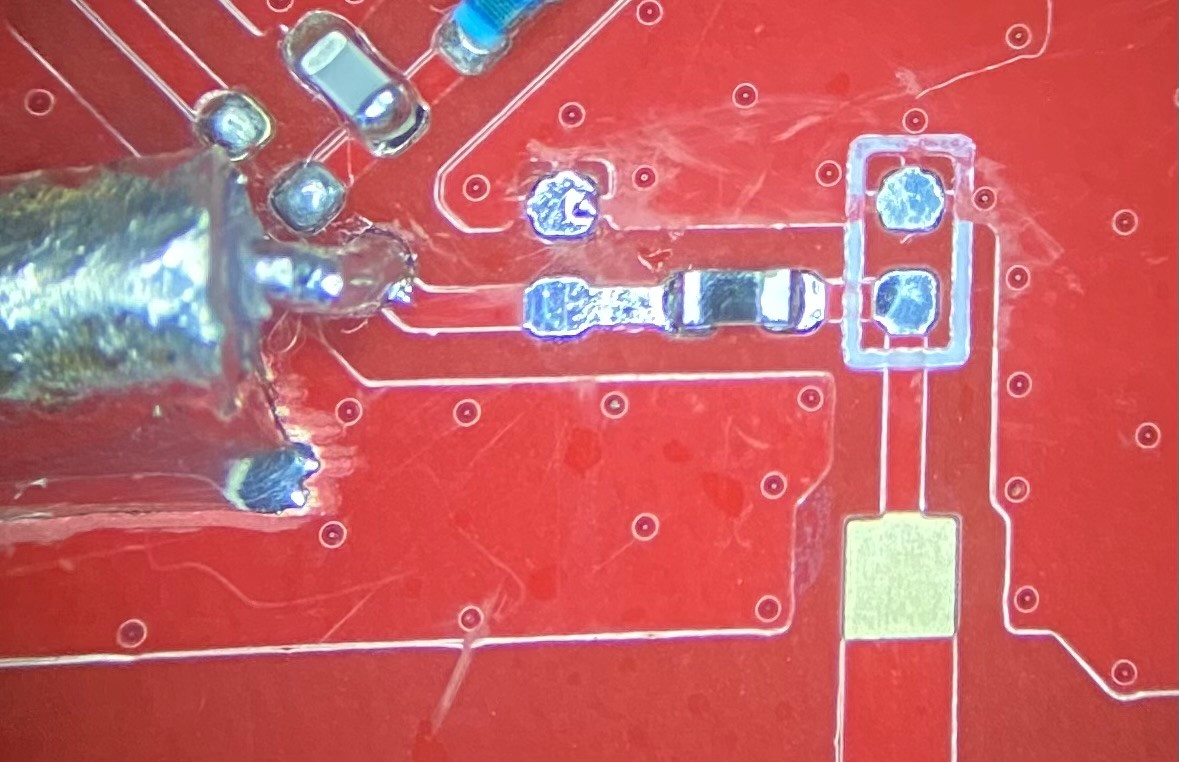 Figure 5-1 Installed SMD Jumper
Figure 5-1 Installed SMD JumperFigure 5-2 shows the measured results of unmatched helix antenna. The impedance at 868 MHz is 15.0 – j13.8 Ohm (marker 1). SWR at this frequency is 3.60:1. The antenna must be matched to get better SWR value. At 3.60:1, the device will lose about 30% power.
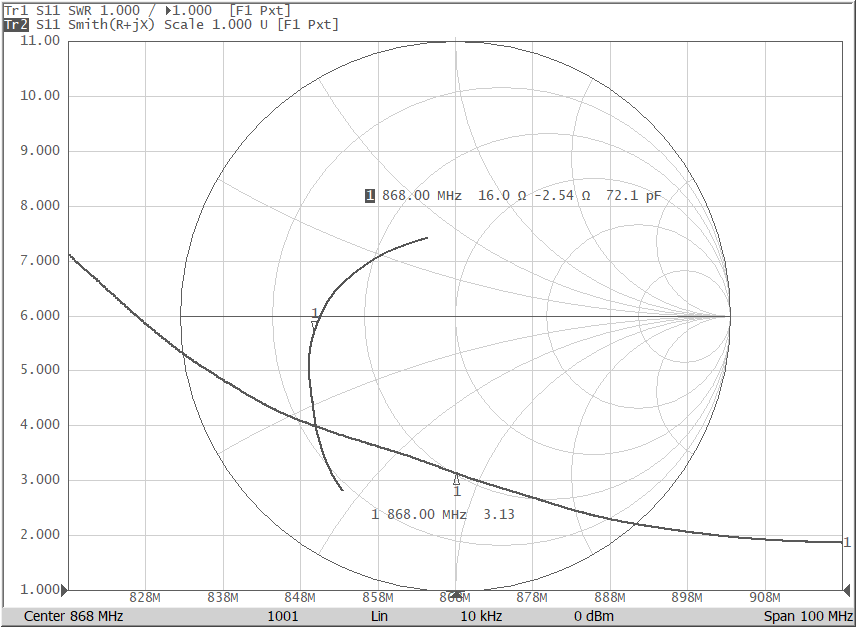 Figure 5-2 Measured Impedance of
Unmatched 868-MHz Helix Antenna
Figure 5-2 Measured Impedance of
Unmatched 868-MHz Helix AntennaUsing Figure 4-4, users can determine that to move marker 1 to the center of the chart, 4-4C or 4-4D can be chosen.
Components values can be known by using an online Smith chart calculator. There are many types on the Internet with different functions and options. Users can choose any or multiple to compare results. Links to a few of the online Smith calculators are shown below.
Links to online Smith calculators:
- http://www.iowahills.com/Index.html
- https://www.optenni.com/
- https://www.awr.com
- http://cgi.www.telestrian.co.uk/
- https://www.will-kelsey.com/smith_chart/
- https://www.fritz.dellsperger.net/smith.html
Calculated ideal values (Figure 5-3).
- network 4-4C: 4.7 nH and 5.3 pF
- network type 4-4D: 8.8 pF and 6.2 nH
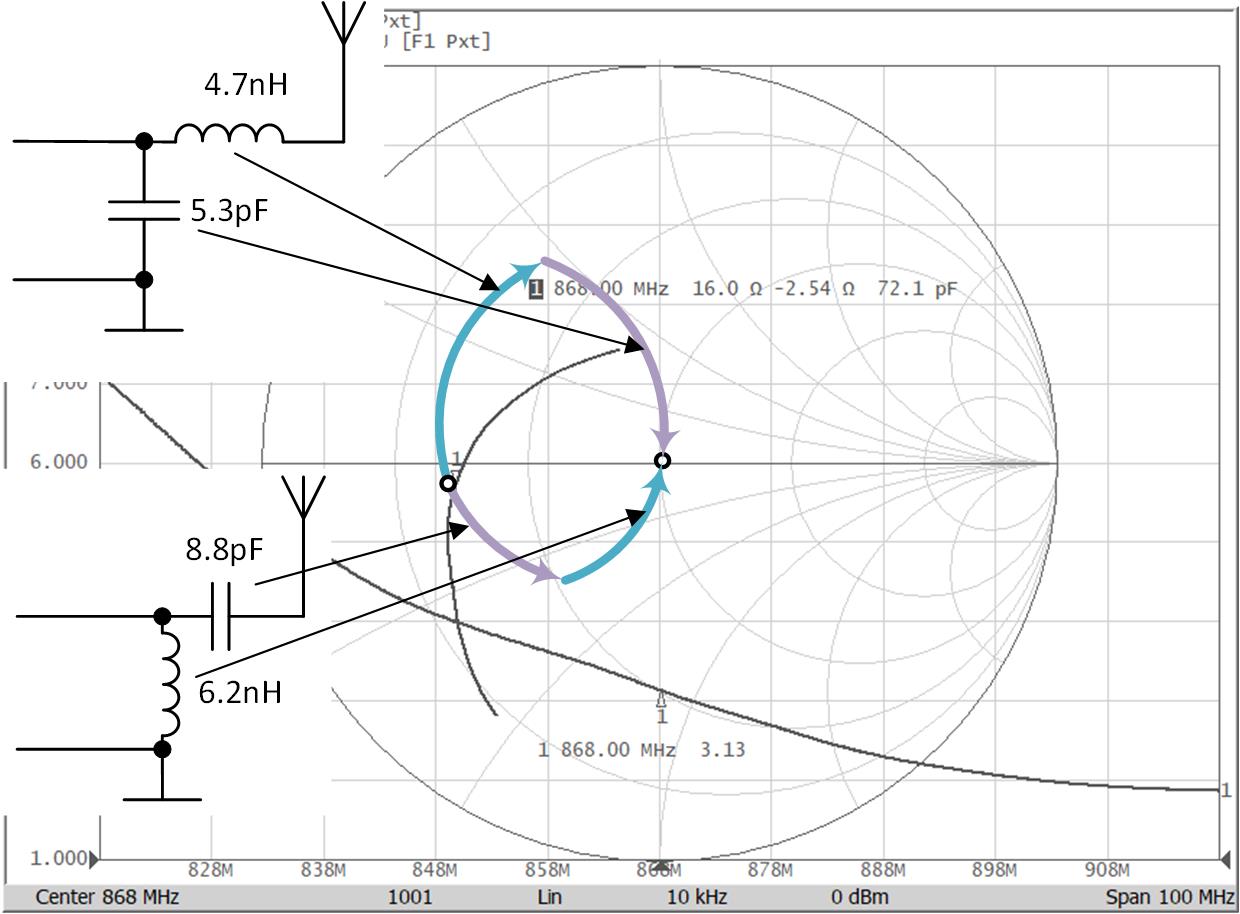 Figure 5-3 Calculated Ideal Components
Values
Figure 5-3 Calculated Ideal Components
ValuesTo better understand what type of the network is more useful, users can change component values to see how they will move the impedance on the chart (if the calculator supports this feature). Sometimes, the network can be sensitive to components values, so users may see that tolerances can move the impedance far and detune the antenna. Also note, most of the calculators use ideal components values, so a final value’s tuning should be made.
Figure 5-3 shows passive component arcs with different colors. Colors represent what way the impedance transforms. Ideally, a value of 4.7 nH should move marker 1 to upper side of Volpert-Smith chart. In reality it does, but due to component tolerance and parasitic (including PCB) the final point will be different. You can connect VNA and look where the marker is and adjust the value if needed.
If users install two matching components simultaneously on board users will spend more time figuring out which of them and what value should change to get desired impedance and SWR level. Figure 5-4 shows what way marker 1 moved if the only 5.1 nH inductor installed (for network 4-4C).
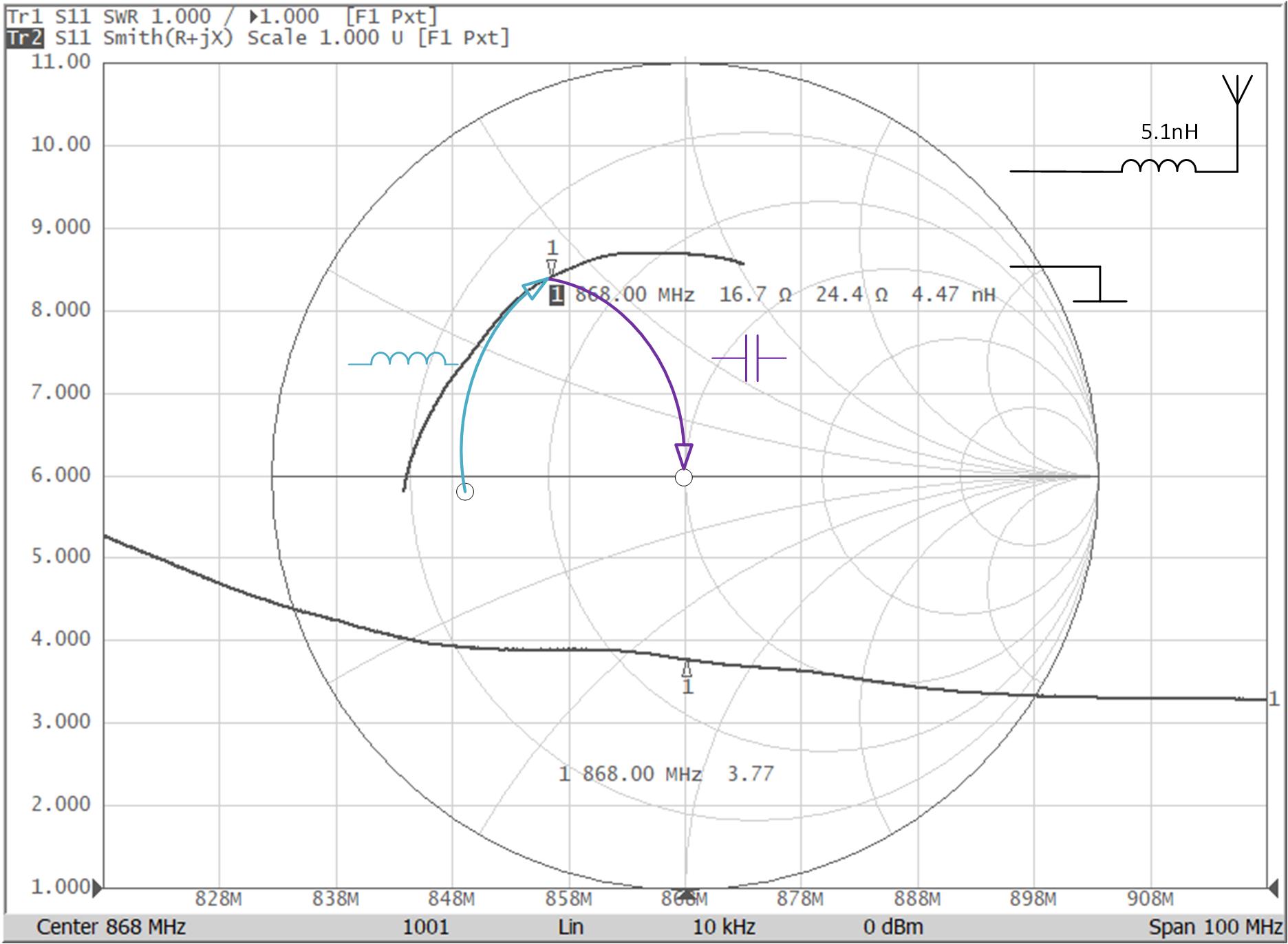 Figure 5-4 Measured Impedance for Network
4-4C (with 5.1 nH, No Capacitor Installed)
Figure 5-4 Measured Impedance for Network
4-4C (with 5.1 nH, No Capacitor Installed)Leave 5.1 nH value and add a shunt capacitor of 5.1 pF (0.3 pF less than ideal calculated value). Measured impedance is shown on (Figure 5-5).
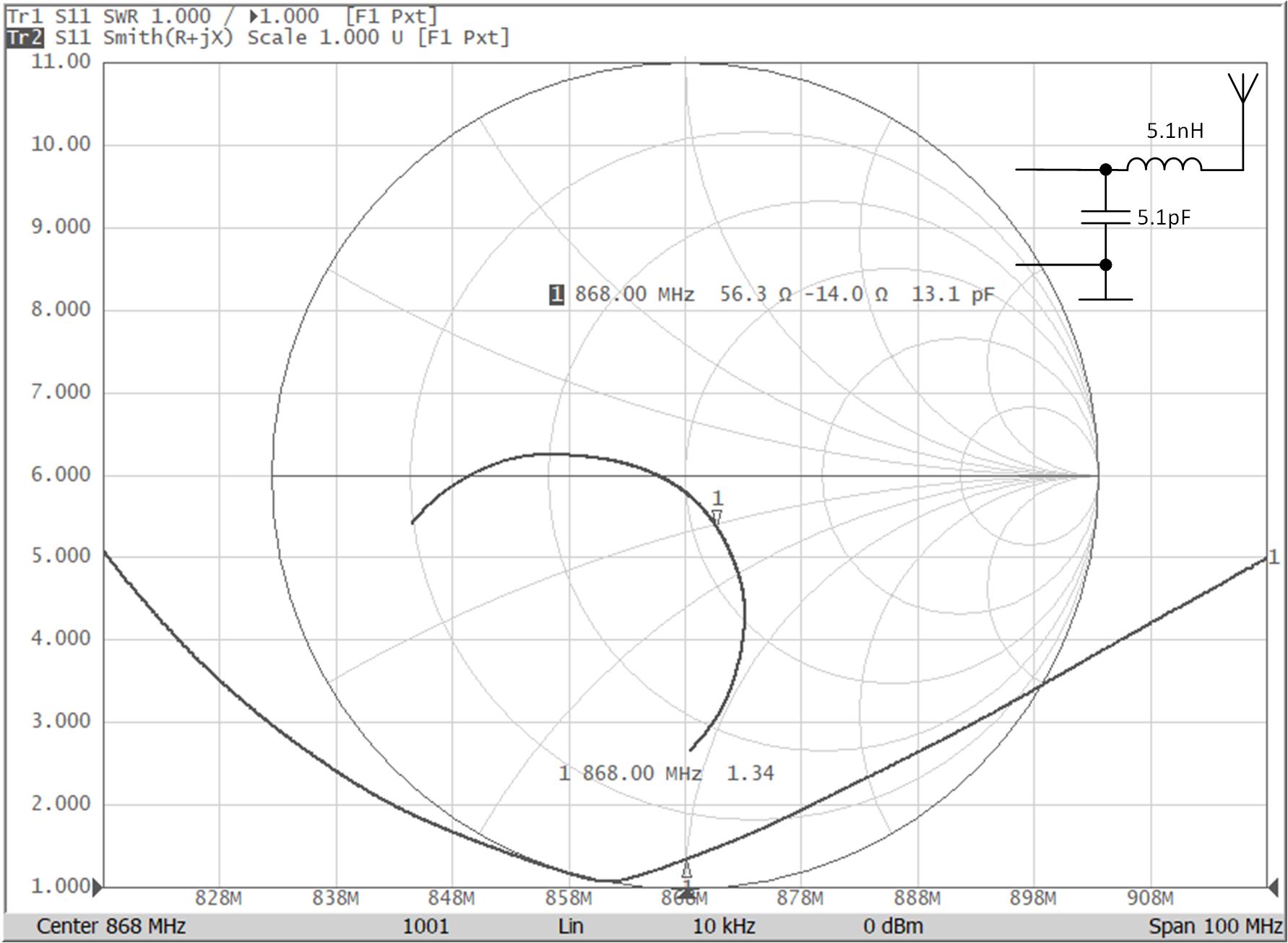 Figure 5-5 Measured Impedance for Network
4-4C (with 5.1 pF and 5.1 nH)
Figure 5-5 Measured Impedance for Network
4-4C (with 5.1 pF and 5.1 nH)The line crossed and the value of 5.1 pF should be decreased, but not much. Install 4.7 pF and measure the impedance (Figure 5-6).
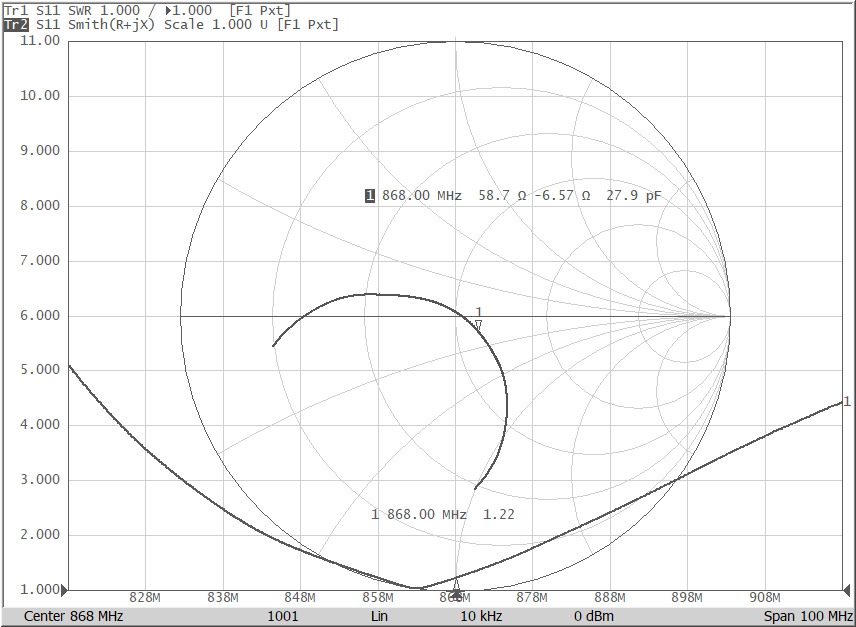 Figure 5-6 Measured Impedance for Network
4-4C (with 4.7 pH and 5.1 nH)
Figure 5-6 Measured Impedance for Network
4-4C (with 4.7 pH and 5.1 nH)Marker moves closer to 50 Ohm point with SWR improvement, and users can try to install 4.2 pF capacitor and measure the result (Figure 5-7).
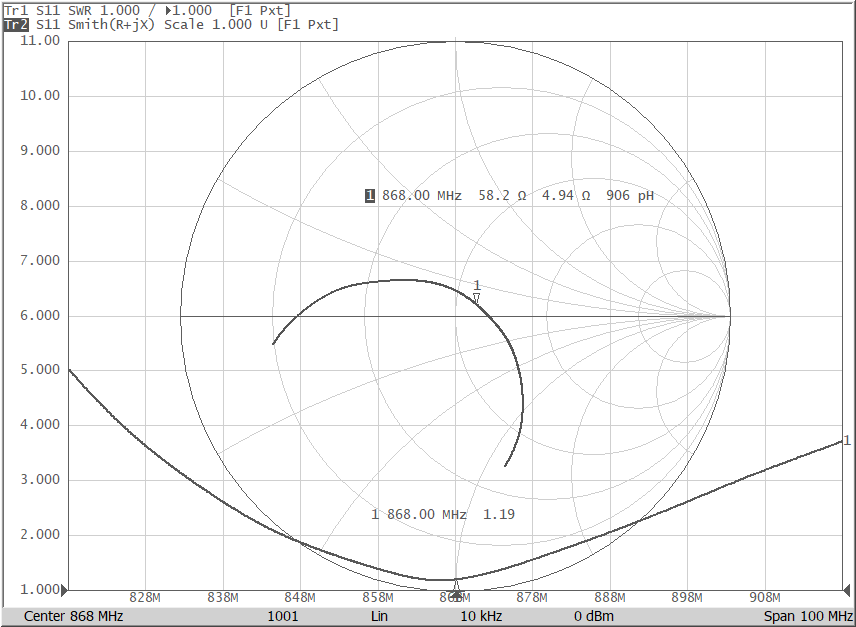 Figure 5-7 Measured Impedance for Network 4-4C (with 4.2 pF and 5.1 nH)
Figure 5-7 Measured Impedance for Network 4-4C (with 4.2 pF and 5.1 nH)It’s just 0.5 pF capacitance changing (from 4.7 pF down to 4.2 pF), but marker moves too fast. Now users can try to move the marker a little bit left to get closer to 50 Ohm point by decreasing of inductance from 5.1 nH down to 4.7 nH (Figure 5-8).
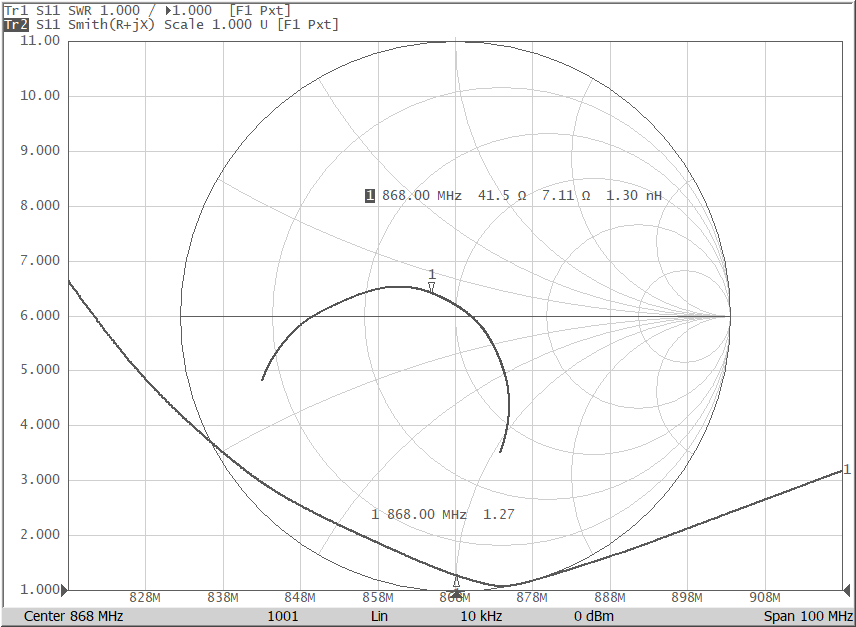 Figure 5-8 Measured Impedance for Network 4-4C (with 4.2 pF and 4.7 nH)
Figure 5-8 Measured Impedance for Network 4-4C (with 4.2 pF and 4.7 nH)Marker is moving around 50 Ohm point due to steps of standard components values. In this particular case the network configuration 4-4C is sensitive to components values. That means in real applications with mass production and components tolerances the impedance will change a lot with corresponded SWR value. It also shown on Figure 5-3. For the network 4-4C the smaller components values move the marker faster, than network’s 4-4D higher values.
Users can also try the network 4-4D. Just not to overload the document by the figures, the same steps were made as for 4-4C above:
- Installed the capacitor of 9.1 pF in series with the antenna to check how far the marker moves.
- Installed an inductor of 6.2 nH in shunt and measured the impedance.
- Decreased capacitor value down to 8.2 pF to get closer to 50 Ohm point.
A final matched result with 8.2 pF and 6.2 nH is shown on Figure 5-9 with SWR value of 1:1.07.
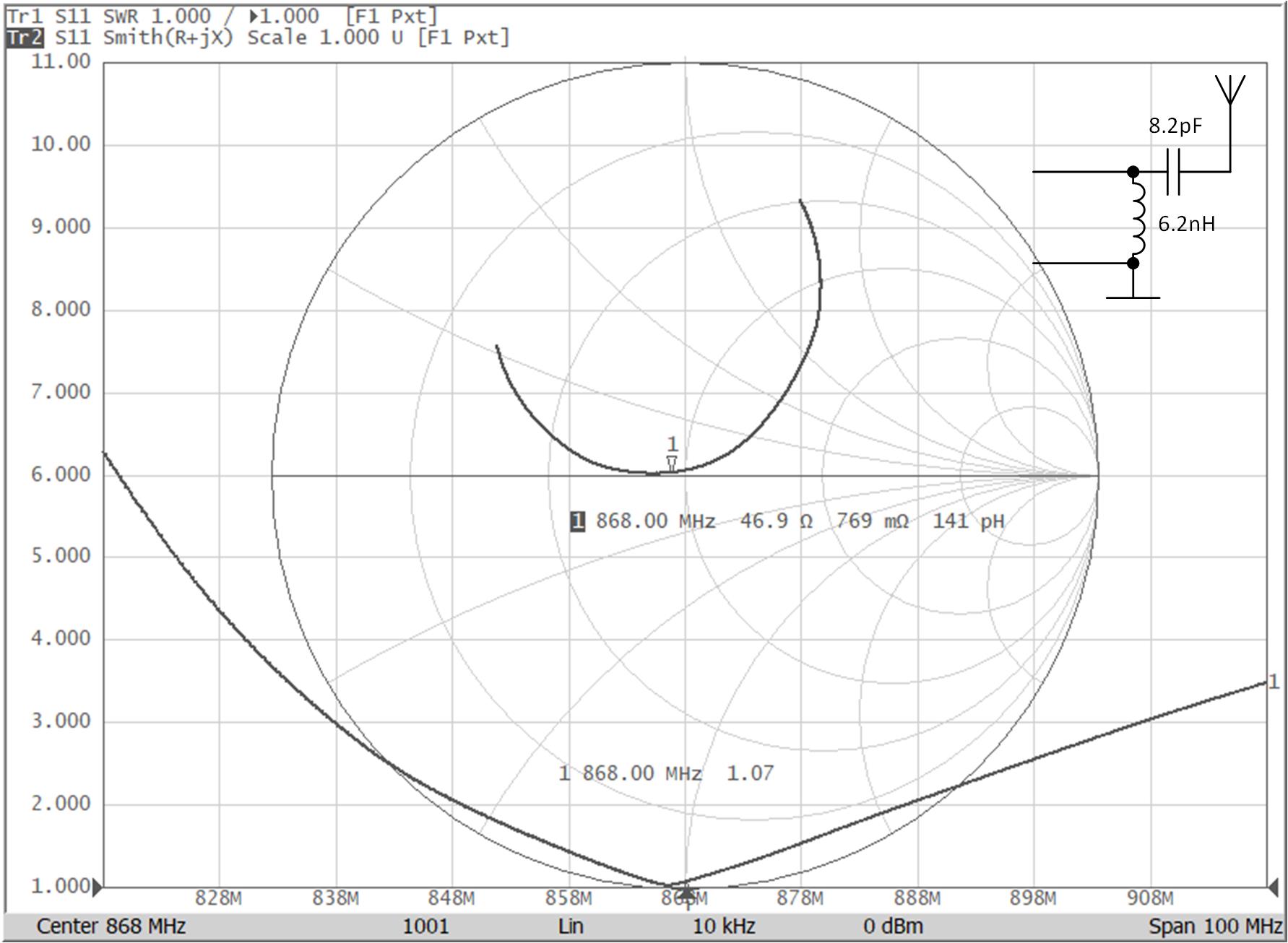 Figure 5-9 Measured Impedance and SWR for Network 4-4D (with 8.2 pF and 6.2 nH)
Figure 5-9 Measured Impedance and SWR for Network 4-4D (with 8.2 pF and 6.2 nH)Both networks can be tuned further to get better match. Users must decide what values of impedance and SWR are optimum.